As extreme fires transform Alaska’s boreal forest, deciduous trees put a brake on carbon loss
And over long time scales, deciduous forests that replace spruce can store more carbon than is lost to fires.
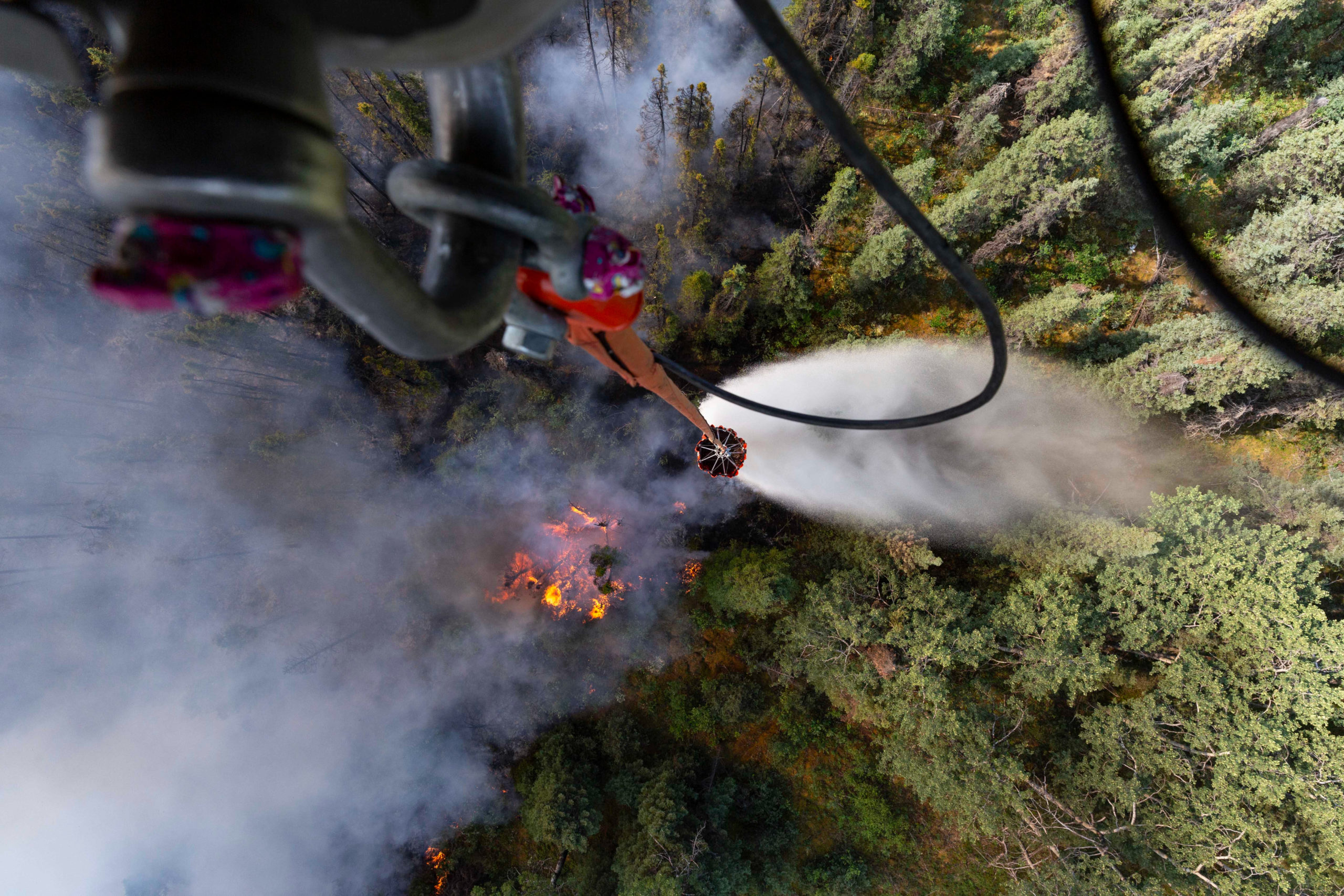
Fire is a hot topic these days, particularly when it comes to the boreal forest, the vast expanse of trees that stretches across Alaska, Canada and other cold northern regions. Large fires have been burning more frequently and severely in these remote landscapes, driven by longer seasons of hot, dry weather and more lightning strikes as the climate warms.
As forests burn, they release organic carbon that has accumulated in tree trunks, leaves and roots and in soils. This sets up a potentially dangerous climate feedback loop: More fires release more carbon from the land, which further exacerbates global warming, which means more hot, dry weather that can fuel more fire activity.
It’s enough to keep scientists like ourselves awake at night. However, new results from our research team published in the journal Science on April 15, 2021, suggest there may be a natural brake on the system.
We found that when black spruce forests that had recently burned in Interior Alaska began regrowing, more aspen and birch trees were mixed in with the spruce. In fact, broadleaf deciduous trees like these were becoming the dominant species.
This has two important effects when it comes to climate change and wildfires: The deciduous trees store more carbon, and they don’t burn as quickly or a severely as dry, resinous black spruces and their needles do.
The result is that these changing forests could mitigate the fire-climate feedback loop, and maybe even reverse it — at least for now.
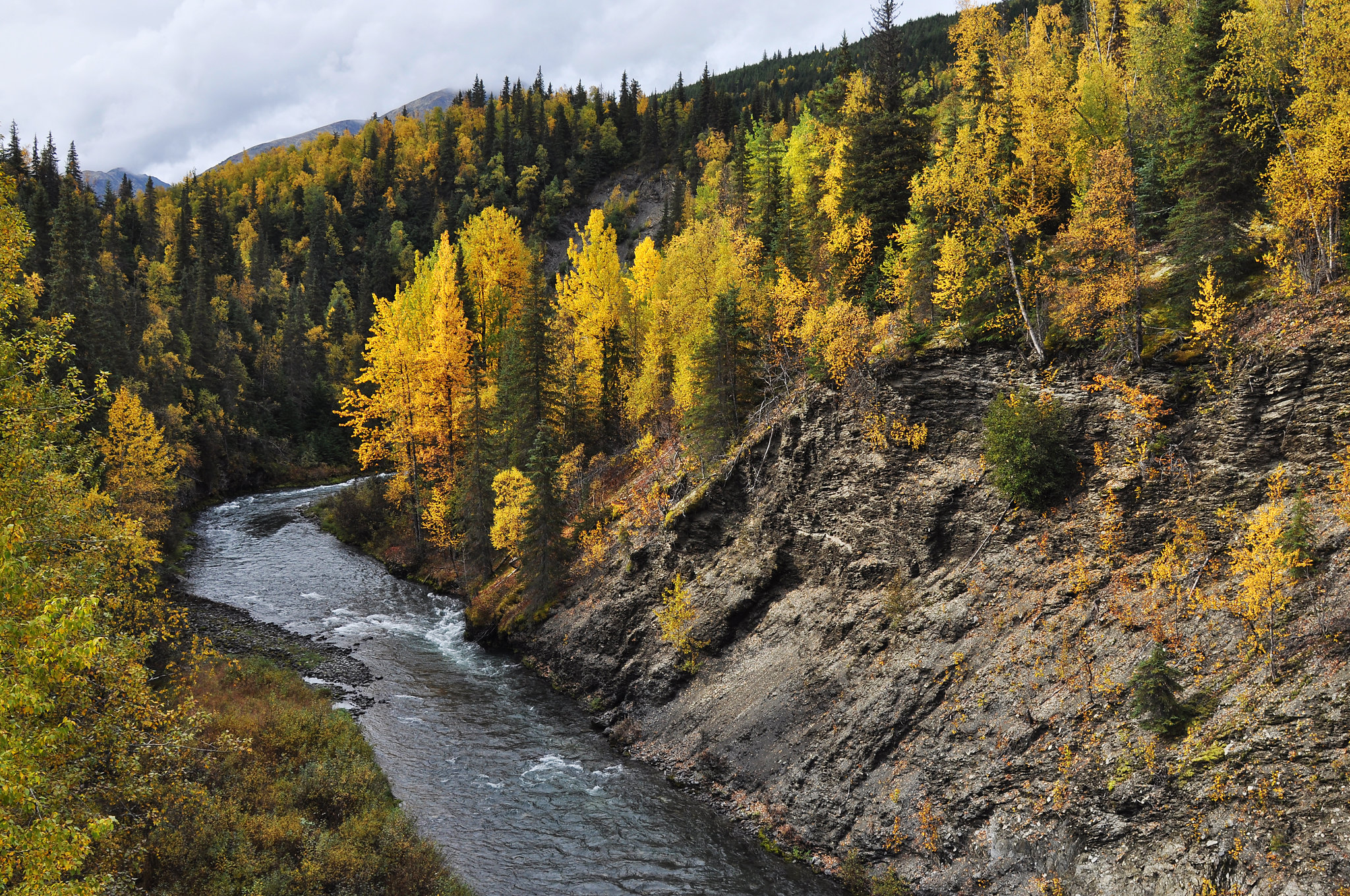
Deciduous trees take over
When severe fires in black spruce forests burn deep into the soil organic layer, more carbon is lost during the blaze. But something else happens as well: Instead of spruce trees regrowing after these severe fires, they are often replaced by deciduous broadleaf trees that make up for that carbon loss when they regrow.
Severely burned black spruce stands, or groups of trees, lose the most carbon during a fire, but once these forests transition to aspen and birch, they store carbon at a rate that is four times faster than in similarly aged black spruce stands. By 50 years, they have compensated for fire-driven carbon losses.
By the time deciduous forests are 100 years old, the typical interval between burns in this region, carbon pools are 1.6 times larger than in black spruce forests, according to our calculations. The net effect is an increase in stored carbon that more than compensates for the increased carbon lost during the previous fire.
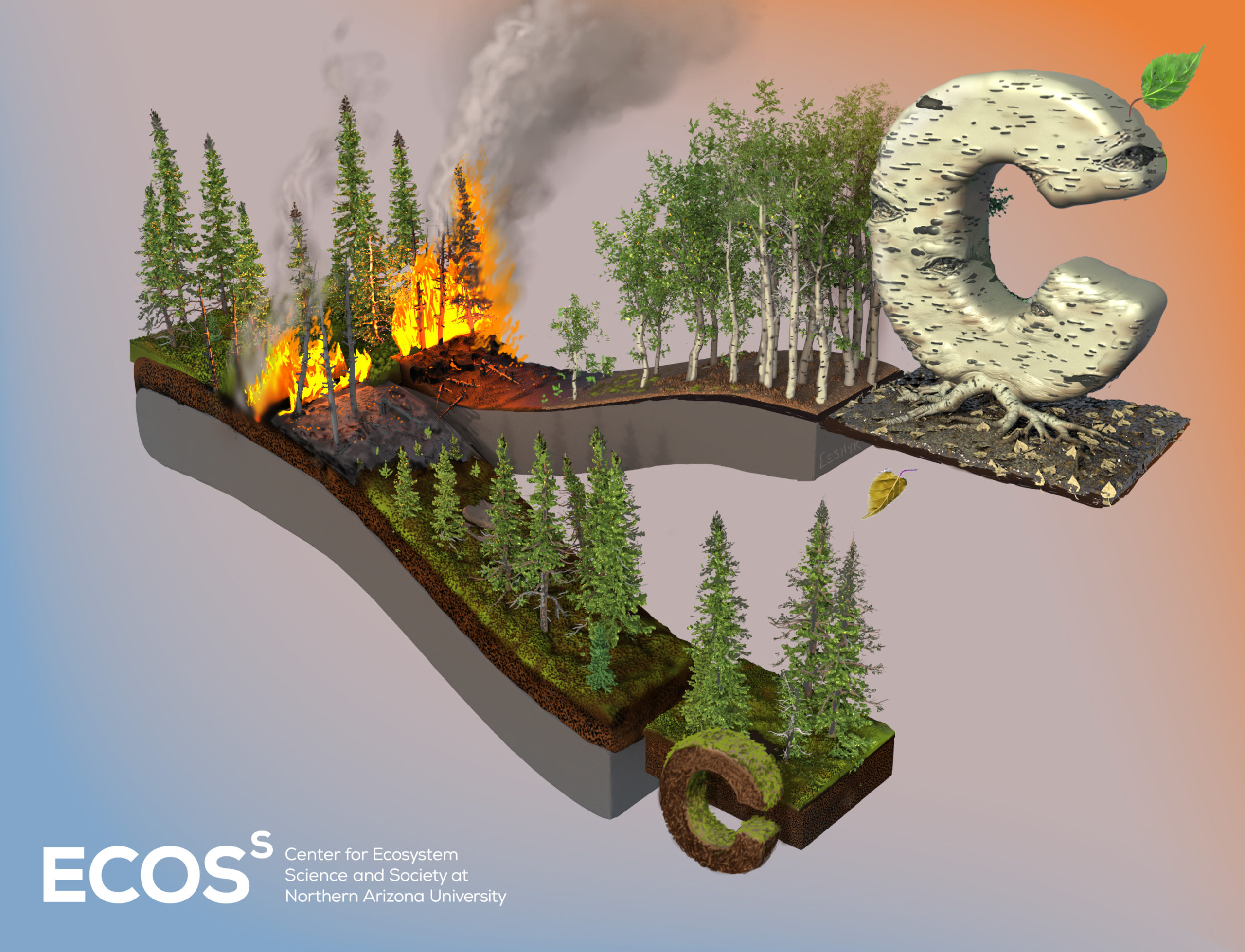
Most of the carbon stored in deciduous stands is in the trees’ biomass above ground – woody trunks and branches – not in soils like in spruce stands. This is because trees like birch and aspen grow much more rapidly than spruce and are more effective at cycling nutrients and sequestering carbon in wood.
15 years of changing forests
Our research began over 15 years ago, when an intense fire season in 2004 burned a record 6.7 million acres across Alaska.
We suspected then that the worsening fires carried the fingerprint of contemporary climate change, and we wondered what it might mean for patterns of forest recovery.
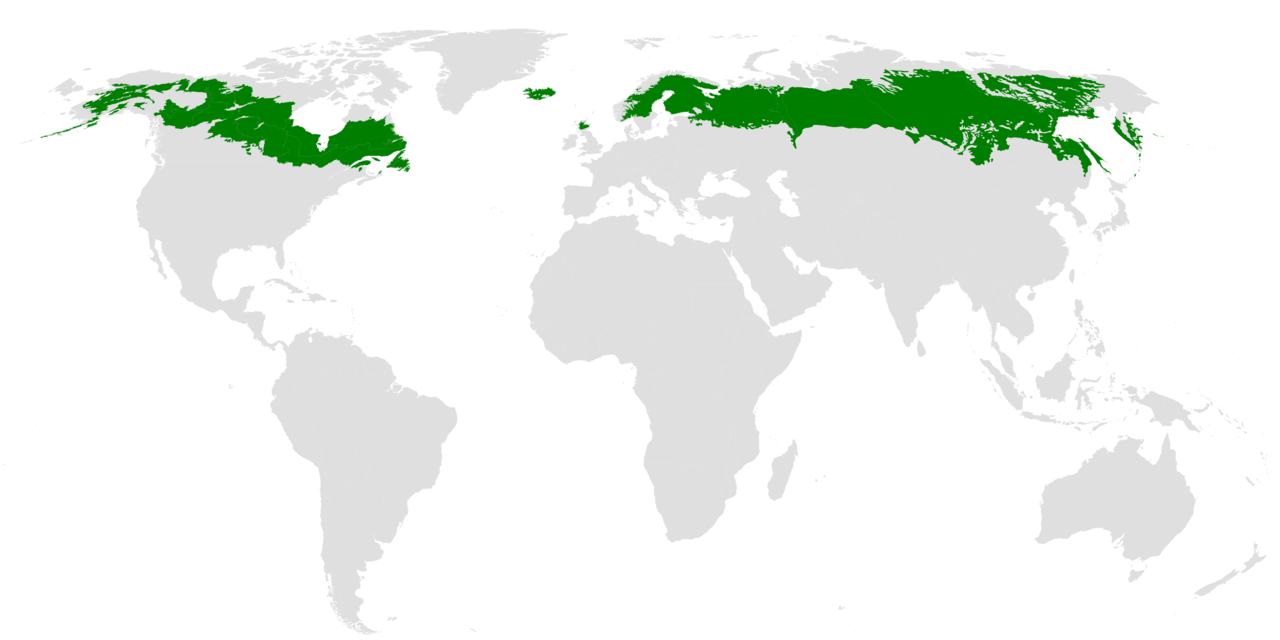
After the fires, we established a broad network of research sites in burned black spruce forests across the region. In each, we measured the amount of carbon in the ecosystems as they recovered.
We discovered that recent fires had burned deeper into the soil, disrupting the relatively shallow burn patterns that had allowed black spruce to dominate the landscape. The severe burning resulted from the warmer climate and consequently drier, more flammable fuels. Once deciduous seedlings become established after a fire, they quickly dominate the forest canopy.
It is still too early to know how widespread these changes may be, but recent estimates from remote sensing suggest that deciduous forests could replace conifer forests at a rate as high as 5 eprcent per decade, mostly due to fire.
Putting all those pieces together, we now understand that such rapid shifts in forest composition and their effects on carbon storage patterns could shape the long-term feedback loops between boreal forests and the Earth’s atmosphere.
Less flammable trees, but that may not last
There’s more to the story about the potential for deciduous trees to mitigate fire and climate feedbacks in the boreal forest.
Importantly, wildfire studies indicate deciduous broadleaf forests often burn less easily when a fire ignites, and fires in deciduous forests are more easily put out by rainfall or human efforts. Although not immune to fire, aspen stands burn more slowly and less severely than black spruce stands, which have dry, resinous and highly flammable fuels.
The result is that more deciduous stands across boreal forests are likely to translate into smaller, less severe fires.
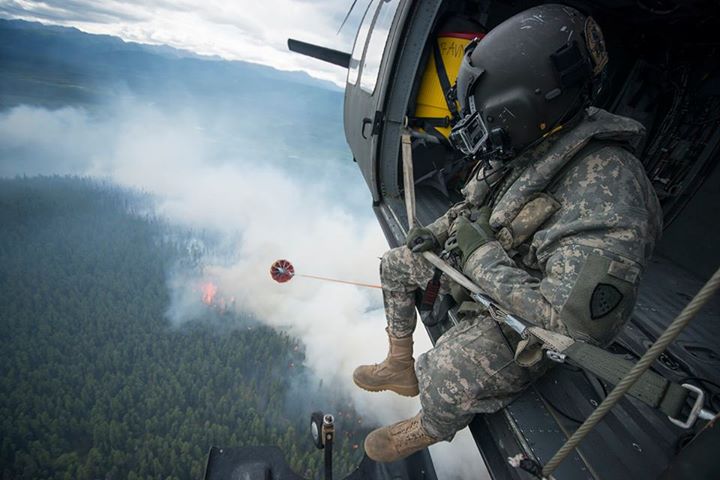
However, we do not know how long deciduous forests’ lower flammability will persist as the climate warms. There likely is a threshold at which even resistant trees will readily burn. Other ecological changes as the forests transform could also influence their long-term carbon storage.
The ability of deciduous forests to slow climate warming will depend on both the local landscape and the choices people make about their carbon emissions. For the time being, it is welcome news that natural shifts in forest ecosystems have the potential to be important players in bolstering the resilience of the Earth system to climate warming.
Jill Johnstone is an adjunct professor of biology at the University of Saskatchewan; Heather Dawn Alexander is an assistant professor of forest ecology at Auburn University; Michelle C. Mack is a professor of ecosystem ecology at Northern Arizona University, and Xanthe Walker is an assistant research professor at Northern Arizona University.
This article is republished from The Conversation under a Creative Commons license. Read the original article.